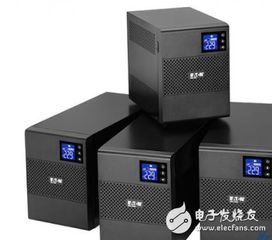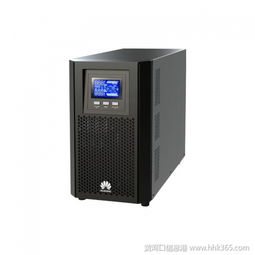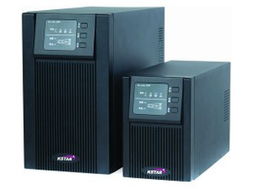
Understanding UPS: A Comprehensive Guide

UPS, or Uninterruptible Power Supply, is an essential component in ensuring continuous power supply during outages or fluctuations. In this detailed guide, we will explore the various aspects of UPS, including its types, applications, and benefits.
Types of UPS Systems

UPS systems come in different types, each designed to cater to specific power requirements. Here are some common types:
| Type | Description |
|---|---|
| Offline UPS | These systems switch to battery power only when the input voltage drops below a certain threshold. They are cost-effective but provide minimal backup time. |
| Online UPS | Online UPS systems continuously convert AC to DC and then back to AC, ensuring a stable output voltage. They offer high reliability and longer backup times. |
| Line-Interactive UPS | Line-interactive UPS systems provide voltage regulation and battery backup. They are more efficient than offline UPS systems and offer better protection against power fluctuations. |
Applications of UPS Systems

UPS systems are used in various applications, including:
- Home and office computers
- Medical equipment
- Telecommunications infrastructure
- Data centers
- Industrial processes
Benefits of Using UPS Systems
Using UPS systems offers several benefits, such as:
- Protection against power outages: UPS systems provide backup power during outages, ensuring that critical equipment remains operational.
- Protection against power fluctuations: UPS systems regulate the voltage, protecting sensitive equipment from damage caused by voltage spikes or drops.
- Increased productivity: By ensuring continuous power supply, UPS systems help maintain productivity and reduce downtime.
- Extended equipment lifespan: By providing a stable power source, UPS systems help extend the lifespan of connected equipment.
Choosing the Right UPS System
When choosing a UPS system, consider the following factors:
- Power requirements: Determine the power requirements of the equipment you want to protect.
- Backup time: Choose a UPS system with sufficient backup time to meet your needs.
- Load type: Different types of loads require different types of UPS systems.
- Brand and warranty: Choose a reputable brand and ensure the UPS system comes with a comprehensive warranty.
UPS Maintenance and Care
Proper maintenance and care are essential to ensure the optimal performance of your UPS system. Here are some tips:
- Regular testing: Test your UPS system regularly to ensure it is functioning correctly.
- Keep it clean: Dust and debris can affect the performance of your UPS system. Keep it clean and free from obstructions.
- Check the batteries: Replace the batteries as recommended by the manufacturer.
- Monitor the load: Ensure that the load connected to the UPS system does not exceed its capacity.
Conclusion
UPS systems are essential for ensuring continuous power supply and protecting sensitive equipment from power outages and fluctuations. By understanding the different types of UPS systems, their applications, and benefits, you can choose the right system for your needs and ensure its optimal performance through proper maintenance and care.



